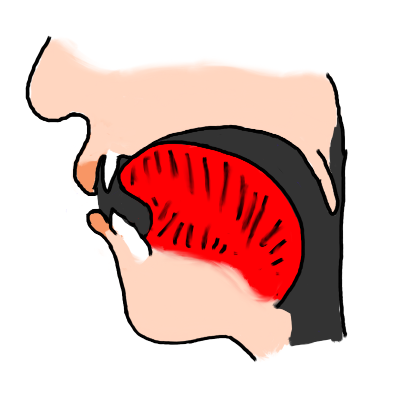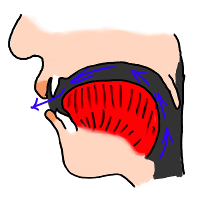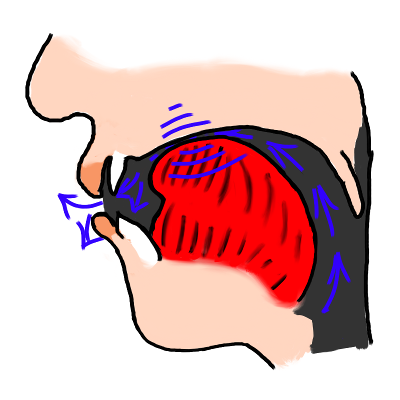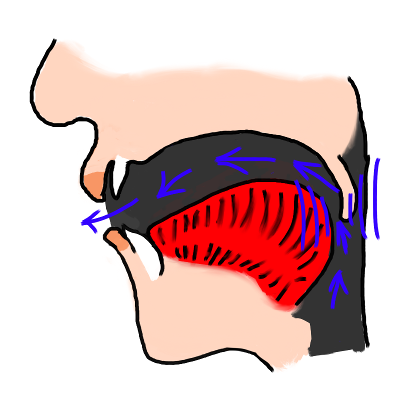How to pronounce chauffeur
Do you find the information below useful? If you do, you can get guides like it for 1,000+ French words by downloading this app for your iPhone or iPad.
| l |  | The French 'l' is similar to the 'l' in English "with Lee". The tongue tip usually touches the back of the upper teeth. It is also a so-called "clear" l: in other words, you don't raise the back of your tongue as you pronounce the French 'l', as occurs in some cases in English. | |
| ə |  | The 'schwa' or 'neutral e' is pronounced with the tongue in a "central, relaxed" position and the mouth also in a 'half open, relaxed' position. Note that many French speakers actually tend to pronounce this vowel as a 'close eu' vowel (as occurs at the end of words ending in -euse), or at least with some rounding of the lips. | |
| ʃ |  | This sound is very similar to the English 'sh' sound as in "she". In French, it is commonly written "ch". Some English speakers tend to round their lips when pronouncing this sound. If you do, then try not to round your lips while producing the sound in French! | |
| o |  | The French 'close o' vowel is pronounced with the tongue far back in the mouth and with the back of the tongue raised up towards the soft palate (towards the back of the roof of the mouth). Holds the lips in a rounded, bunched position as you pronounce the vowel and avoid pronouncing it as a "glide" or diphthong. | |
| f |  | The French 'f' sound is pronounced in a similar way to English 'f'. | |
| œ |  | To pronounce the French 'open eu' vowel, imagine the body of the tongue slightly "forward of and below center", with the mouth roughly half open and the lips rounded. | Notice how this vowel is lengthened here before the r sound at the end of the word. |
| ʁ |  | The French 'r' is generally what is technically called a "uvular fricative". In simple language, that means you bring the back of your tongue close enough to the back of the mouth that it causes friction (the "raspy" sound that you hear) with the escaping air. |